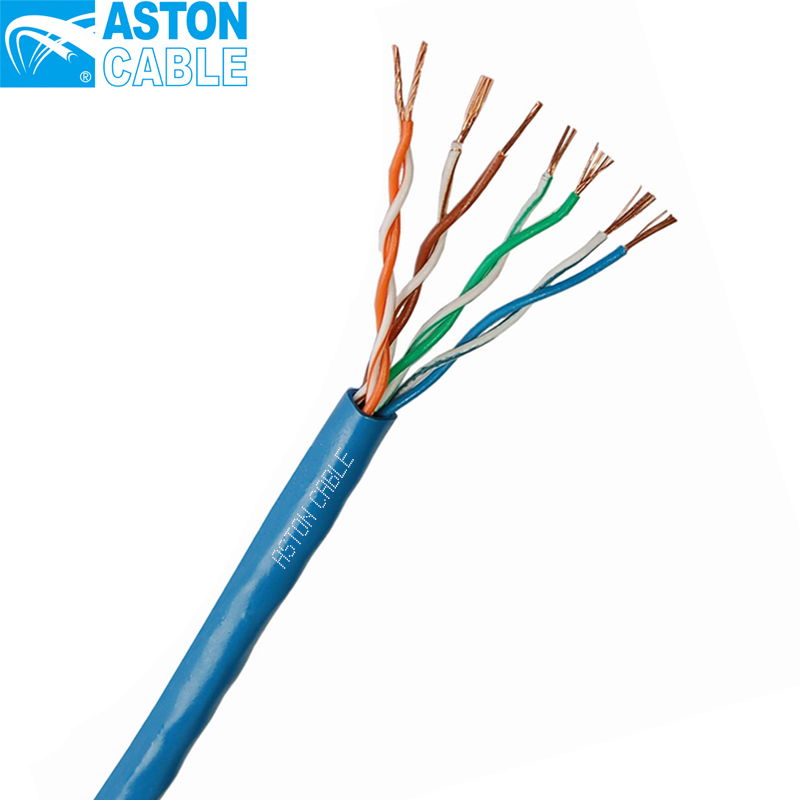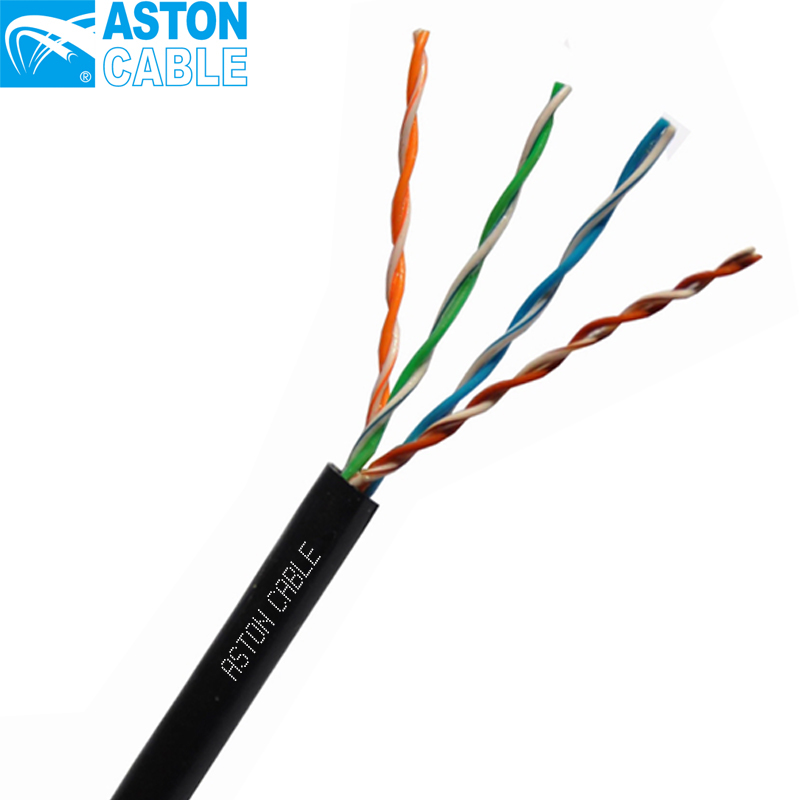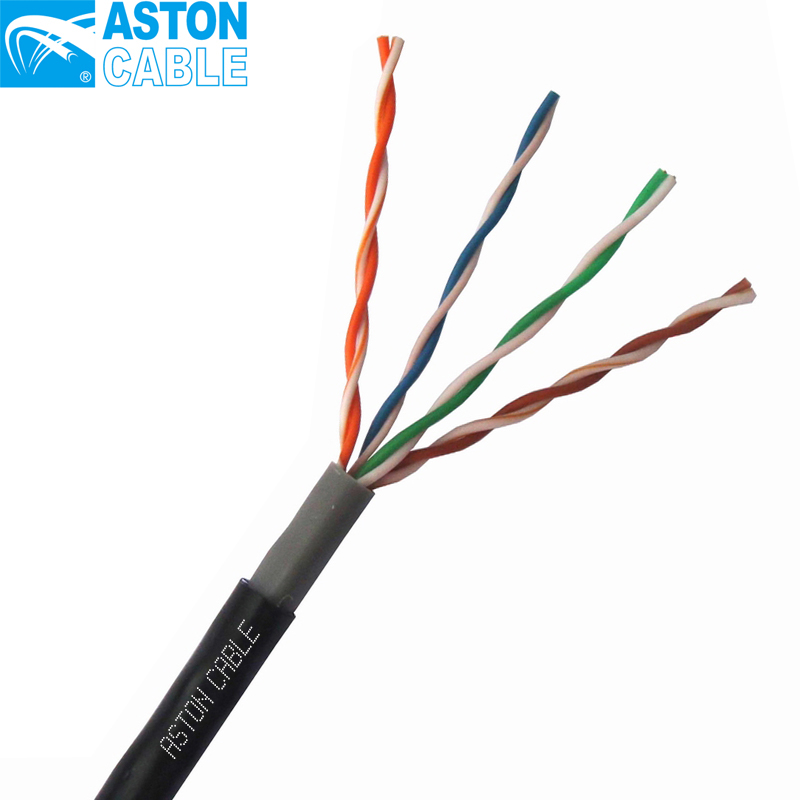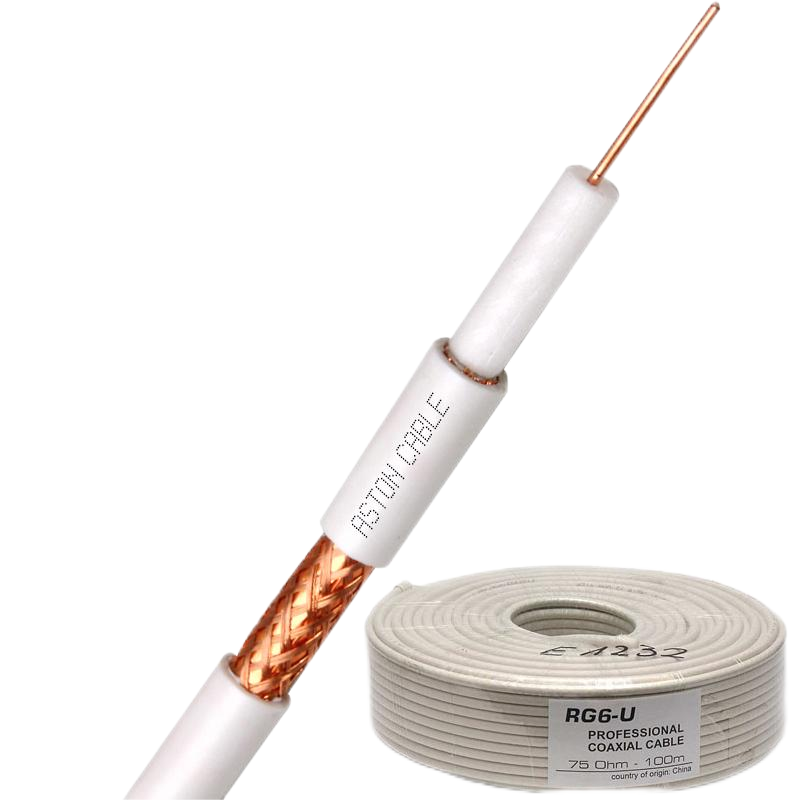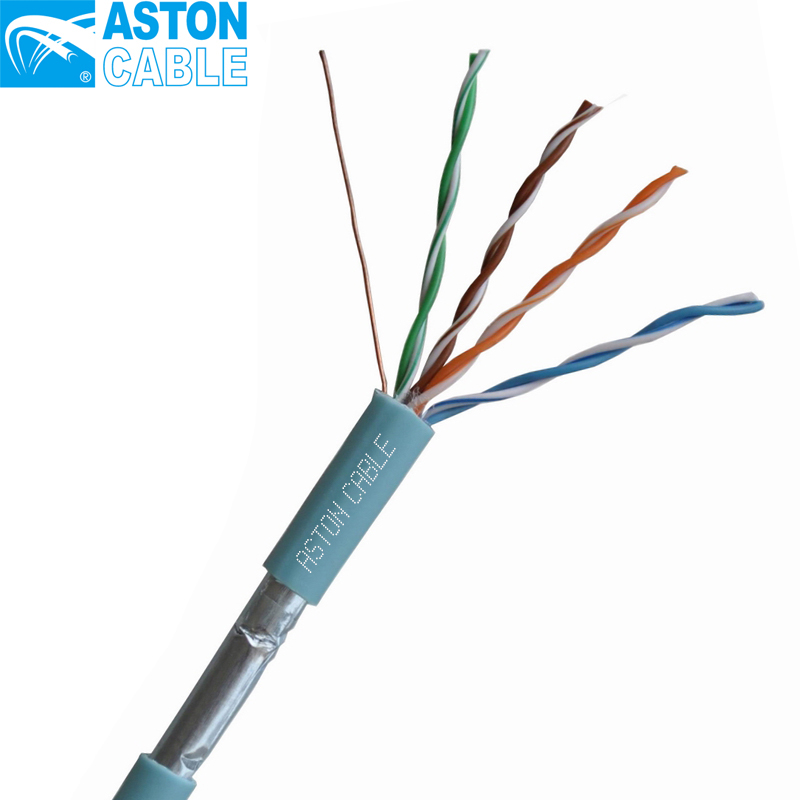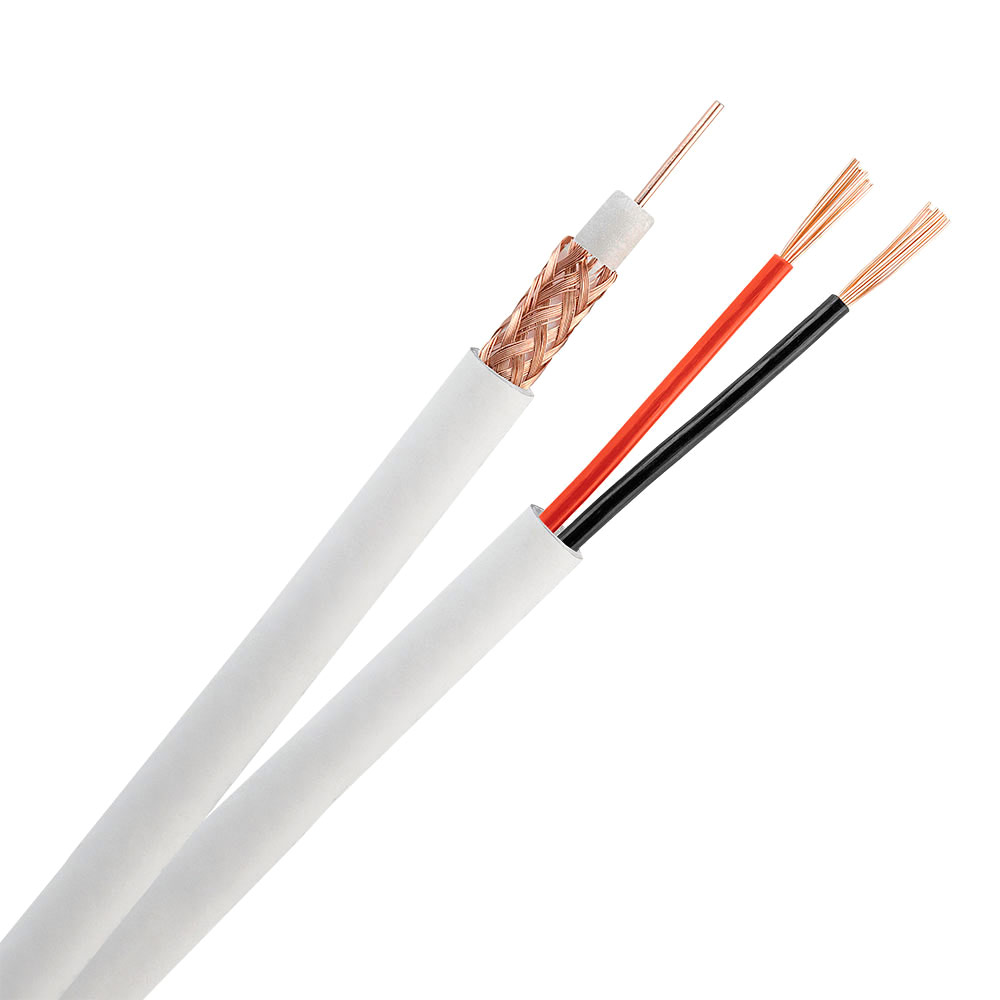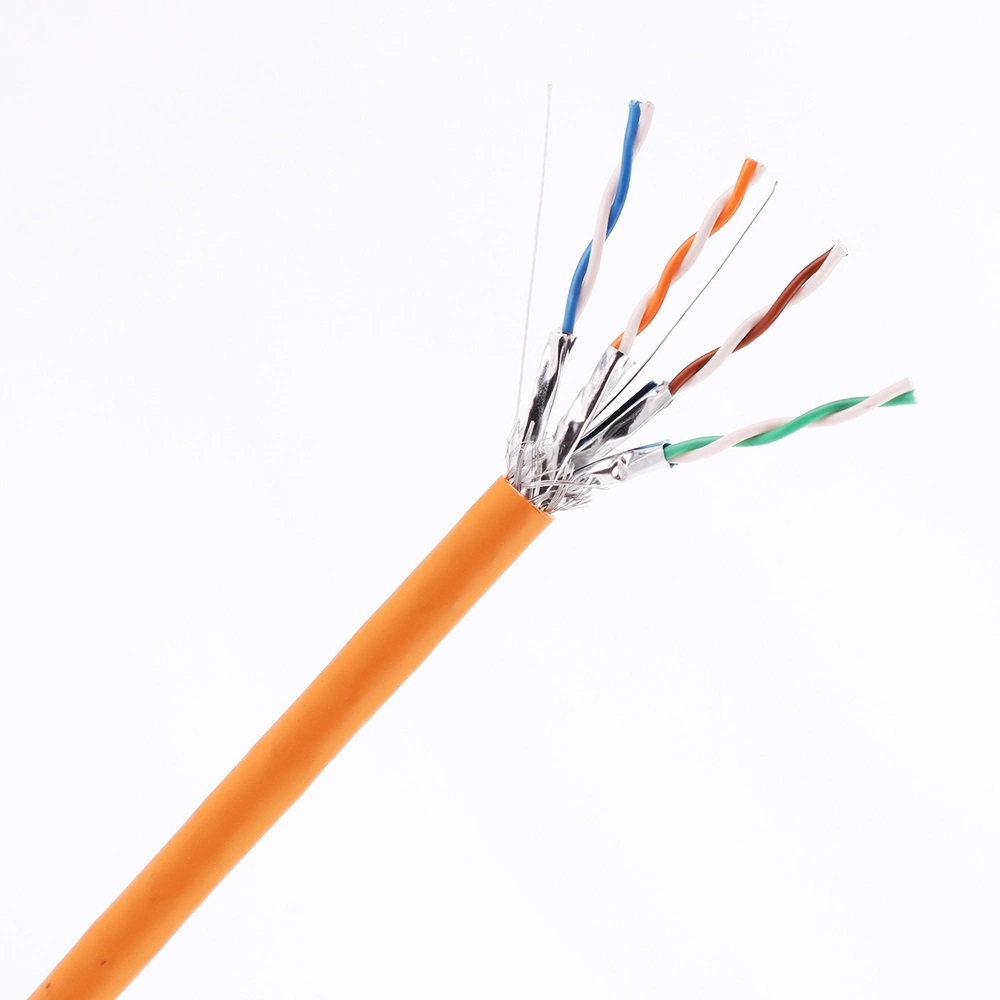Product Main Parameters
| Parameter | Details |
|---|---|
| Conductor | 24AWG, Bare Copper/CCA |
| Insulation | HDPE |
| Jackets | PVC, PE |
| Shielding | None |
| Origin | Hangzhou, Zhejiang |
Common Product Specifications
| Specification | Details |
|---|---|
| Core | 4 Pair Stranded Conductor |
| Color | Customized |
| Logo | OEM |
| Industrial Use | Network Data |
Product Manufacturing Process
According to authoritative sources in cable manufacturing, the process of creating Cat5e UTP cables involves several key stages: wire drawing, insulation, and jacket extrusion, followed by quality testing. Wire drawing thins the copper to the required diameter, and insulation with HDPE minimizes interference. The double jacket process, involving PVC followed by PE, provides added protection, particularly for outdoor conditions. This layering enhances UV resistance and structural integrity. Quality control includes rigorous testing for attenuation, cross-talk, and physical durability, ensuring that the finished product can reliably support data rates up to 1 Gbps over 100 meters.
Product Application Scenarios
In various network infrastructure projects, Cat5e UTP cables are extensively used due to their adaptability and cost-efficiency. Studies have shown that the cable's support for Power over Ethernet makes it ideal for expanding surveillance and telecommunication systems, as PoE allows devices to receive power directly through the data cable, simplifying installations. Additionally, its robust performance under varying environmental conditions makes it suitable for installations requiring reliable data transfer over extended distances, such as outdoor camera networks and remote data relay stations.
Product After-Sales Service
Our Cat5e UTP cables come with a comprehensive after-sales service including technical support and a warranty period for manufacturing defects. Customers can contact our support team for installation guidance, troubleshooting, and warranty claims.
Product Transportation
The cables are packed using standard export packaging, ensuring protection during transit. We offer delivery from the Ningbo port with logistic options adaptable to customer requirements for international shipping.
Product Advantages
- Superior UV resistance for outdoor use.
- Cost-effective solution for standard networking needs.
- Supports Ethernet speeds up to 1 Gbps.
- Power over Ethernet (PoE) compatibility.
- Compliant with global standards CE, ROHS, and ISO9001.
Product FAQ
- What is the maximum data rate of Cat5e UTP cables?
Cat5e UTP cables can support data rates up to 1 Gbps over a distance of 100 meters. - Can Cat5e UTP be used for outdoor installations?
Yes, particularly our double jacketed versions with PVC and PE are designed for outdoor use, offering enhanced UV resistance. - Is Cat5e UTP compatible with PoE?
Absolutely, Cat5e UTP supports Power over Ethernet, allowing the cable to transmit both power and data. - What kind of connectors are used with Cat5e UTP cables?
Standard RJ45 connectors are typically used with Cat5e UTP cables, making them compatible with most network interfaces. - What distinguishes Cat5e from Cat6 cables?
Cat5e supports up to 100 MHz and 1 Gbps, while Cat6 offers up to 250 MHz and 10 Gbps speeds, though over shorter distances for the latter. - Can Cat5e UTP cables be recycled?
Most parts of Cat5e UTP cables, particularly copper, can be recycled. However, it's best to check specific guidelines for electronic waste in your area. - Are your Cat5e cables compliant with international standards?
Yes, our cables meet CE, ROHS, and ISO9001 standards, ensuring quality and environmental compliance. - Why is PE preferred for outdoor jackets?
PE offers better UV and moisture resistance compared to other materials, making it well-suited for outdoor conditions. - What is the typical lifespan of a Cat5e UTP cable?
With proper installation and environmental conditions, Cat5e UTP cables can last anywhere from 10 to 15 years. - How do you ensure the quality of your Cat5e UTP cables?
Our cables undergo stringent quality tests for attenuation, cross-talk, and mechanical durability to meet performance specs.
Product Hot Topics
- How does Cat5e UTP compare with Cat6 for long-distance data transmission?
For installations focusing on cost and ease of installation, Cat5e UTP remains a top choice. Its reliable performance up to 1 Gbps over 100 meters makes it apt for most residential and small business networks. While Cat6 provides higher speeds, the benefits are often negligible over longer distances where speed drop-off can occur. Therefore, many choose Cat5e for balancing budget and performance needs.
- Is Cat5e UTP still relevant in the age of fiber optics?
Despite the rise of fiber optics, which are known for their superior speed and bandwidth, Cat5e UTP remains relevant due to its affordability and widespread usability. For applications that don't demand the extreme speeds offered by fiber, Cat5e provides a cost-effective and sufficient solution. Additionally, the ease of installation and handling makes Cat5e a staple in less demanding environments.
- Can Cat5e UTP support modern smart home networks?
Yes, Cat5e UTP is capable of supporting a range of smart home devices. Its capacity to facilitate Power over Ethernet (PoE) makes it adaptable for various applications including smart cameras, access points, and other network-connected devices that benefit from simultaneous data and power delivery.
- What makes double-jacketed Cat5e UTP cables special?
Double-jacketed Cat5e UTP cables feature a PE outer layer that provides enhanced UV and moisture resistance, ideal for outdoor applications. This design helps protect the internal UTP structure from environmental stressors, ensuring reliable performance in challenging conditions while maintaining the flexibility needed for diverse installations.
- Why choose Cat5e UTP for your business network?
Choosing Cat5e UTP is often a strategic decision for businesses aiming to optimize costs without sacrificing network reliability. Its capability to deliver gigabit speeds makes it perfectly suitable for most office setups, while the ease of installation and maintenance further reduces operational costs.
- How environmentally friendly is Cat5e UTP?
While not biodegradable, Cat5e UTP cables contain recyclable materials, notably copper, which can be reclaimed and reused. Additionally, compliance with ROHS standards ensures that hazardous substances are minimized, making them more environmentally friendly compared to older cable technologies.
- Installation tips for maximizing Cat5e UTP performance?
To ensure optimal performance, avoid sharp bends in the cable, maintain the twist in wire pairs up to termination points, and keep the cable away from sources of electromagnetic interference such as power lines and fluorescent lighting. These practices help prevent signal degradation and maintain the cable's advertised performance metrics.
- Is Cat5e UTP suitable for VoIP applications?
Yes, Cat5e UTP is not only suitable but is often recommended for VoIP telephony systems. The cable’s ability to handle high-frequency signals ensures clear and reliable voice communications, while its cost-effectiveness supports large-scale deployments in office environments.
- Future of Cat5e UTP in the evolving tech landscape.
While newer technologies pose some challenges, Cat5e UTP continues to evolve, offering enhancements and maintaining relevance, particularly in cost-sensitive sectors. Its adaptability to both existing and future network infrastructure requirements signifies its enduring utility in a rapidly changing tech landscape.
- What installation tools are required for Cat5e UTP?
Typical installations require tools such as cable strippers, crimpers, and RJ45 connectors for terminating ends. Additionally, network testers validate the integrity of the installation, ensuring the cable meets performance benchmarks necessary for stable and efficient network operations.
Image Description
